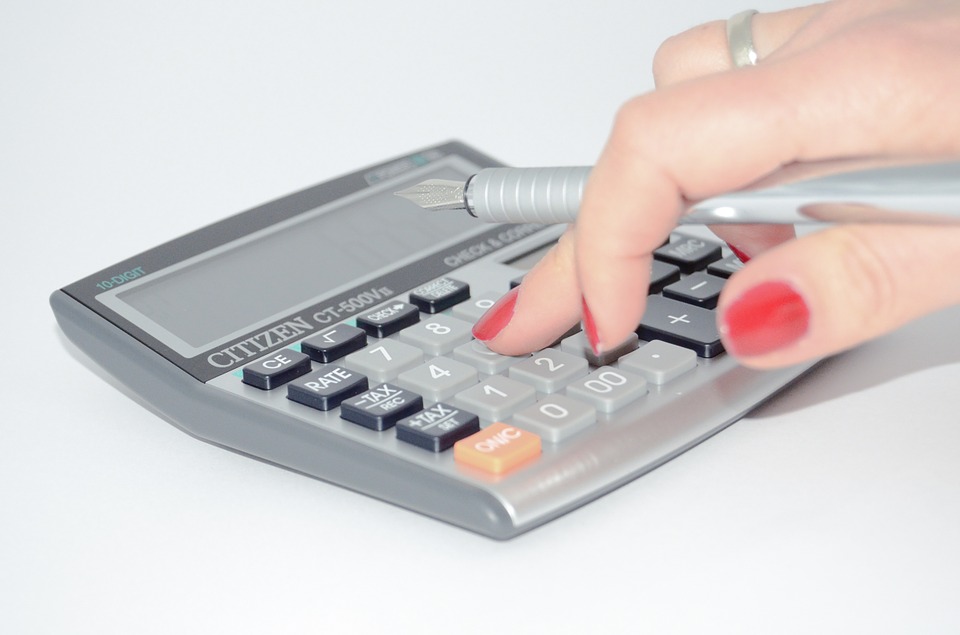Can Car Loans be Transferred to New Cars?

You may have heard your friend say that they didn’t finish paying their old car loan and just transferred it to the new car. How does that work? Not exactly the way it sounds, and rolling your debt into a bigger loan is not always the best choice. Before you run out to the car lot, do a little research to help protect your financial freedom now and in the future.
A New Car Means a New Car Loan
A new car means a lot of things to the individual who purchases it. A new car means that you need to get rid of your old vehicle, which is either beyond repair or requires a lot of money for upkeep. But then how do you get rid of your old car? Well, you can just call junk car removal companies like 954 JunkCar (https://www.954-junkcar.com/junk-car-removal/) and get rid of your old vehicle without any hassle. Once, you are done with this, it is time for considering your new car loan. But before that, you might need to know the procedures of applying for a car loan (and other information regarding a new loan). You might also need to know about different financial institutions that can provide you with a suitable loan. That being said, a bank gives you a car loan for a specific vehicle. The contract stipulates that if you fail to make monthly payments, the bank can repossess the car to meet the obligation of the loan. So, for every car that you buy, you must get a new car loan that uses the new ride as collateral. You will need to fill out an application and be approved based on your current credit rating, employment status, and ability to pay.
Rolling Your Old Loan into the New Auto Loan
Now, if you still have payments remaining on your old car, and want to upgrade to a new ride, your car dealer will often offer to roll the old loan into the new one. This means that the dealer pays off the old loan and then gives you a new loan for the cost of the new car plus the amount they paid for the old loan. You will have a higher APR, a higher monthly payment, and you may be upside-down on the loan.
What Does Being Upside-Down on a Loan Mean?
An upside-down loan means that you owe more on the car loan than the car is worth. Should you get into an accident while you are still upside-down and the vehicle is totaled, the insurance payment would not be able to pay off the loan, leaving you owing money on a car that you can’t drive or sell. Most new car loans will leave you upside-down for the first six months, but when you add the remains of an old car loan, you may not get right-side up for years. In short, this is a risky and poor money decision.
Sell the Old Car or Wait to Buy is Better
What should you do? Keep making payments on the old car until the loan is paid off, even if you do need to fix it one more time. If you only have one or two thousand remaining on that old loan, you may be able to sell it on the private market and completely clear the loan. That leaves you free and clean to enter into a new car loan for a new ride without dragging old financial luggage along for the trip. Anytime that a car dealer is adding money to your new car loan, it’s a bad deal.
When is it a good idea to use your old car to get into a new one? When your current ride is worth more than the remaining loan and you are able to pay off the loan and lower the purchase price for the new car.
- Top 20 most sought-after vacancies - November 8, 2022
- How to Design an Office for Improved Productivity - April 6, 2022
- Franklin Engineering: Diesel Engine Reconditioners Guide for Business Vehicles - April 6, 2022


